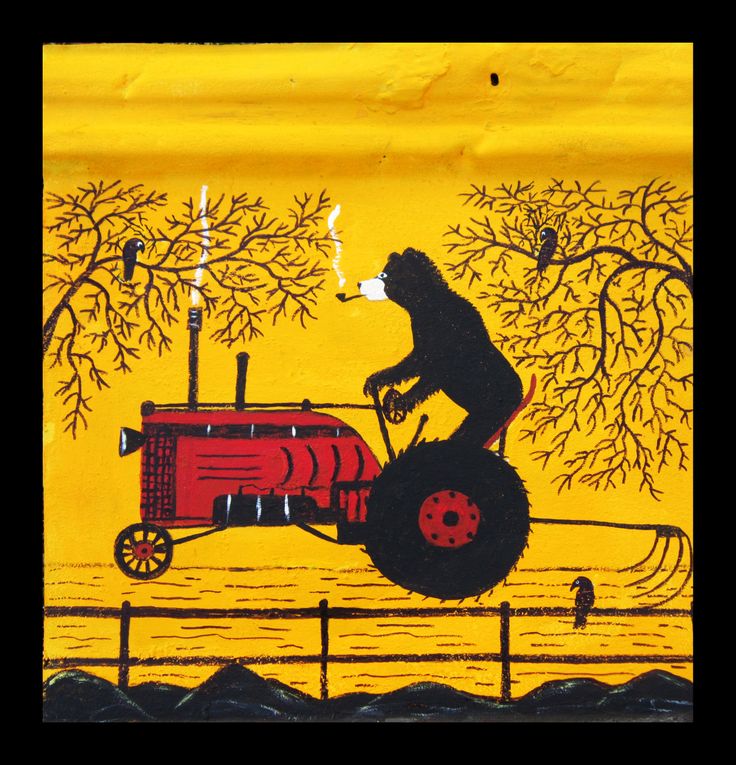The term “bear market” is used to describe a downtrend in a financial market. The term can be used for a whole market or just to identify a specific sector, commodity, or stock. The term has been thought to be used to describe a falling market because the bear claws in a downward motion when attacking its prey.
A bear market is most commonly used to describe the stock market as a whole that has dropped over -20% from its highs over at least a two month period of time. The prevailing emotion in a bear market is generally fear, uncertainty, and pessimism. After a market has entered a bear phase it is considered to be over when price stops making new lower lows and a new bull market begins after price break out and makes a new high.
A lesser decline in the market of -10% to no more than -20% is commonly thought of as a correction. A market decline of at least -5% but still less than -10% is considered a market pullback inside a bull market.
A cyclical bear market is a short term downtrend that can last just a few months to a few years at most. A secular bear market is long term and can last between 10-20 years and gives buy and hold investors below average stock market returns during that time. Short term bull markets can still happen inside larger secular bear market between downtrends.
Here is a history of U.S. bear markets since 1929:
1. The Great Depression: September 1929 – June 1932. The stock market dropped -86.1% from the highs.
2. Post World War II: May 1946 to June 1949. S&P dropped -29.6%
3. Cuban Missile Crisis: December 1961 to June 1962: S&P 500 dropped -28%
4. High inflation and civil unrest: November 1968 to May 1970. S&P 500 dropped -36.1%
5. High inflation and high unemployment: January 1973 to October 1974. S&P 500 dropped -48%
6. High interest rates and a high national unemployment rate of more than 10%. November 1980 to August 1982. S&P 500 dropped -27%
7. Fears of a devaluation of the dollar amid debates over currency valuations between the U.S. and Germany: August 1987 to December 1987. S&P 500 dropped -34%
8. Dot-com bubble burst March 2000 to October 2002. S&P 500 dropped -49%
9. Collapse in the U.S. housing market: October 2007 to March 2009. S&P 500 loss: -57%
A bear market is to stocks what a hurricane is to ships, eventually a bear market will sink every stock so that they all end up lower.
Historically, bear markets tend to be much less frequent and of less magnitude compared to the run ups in bull markets.
